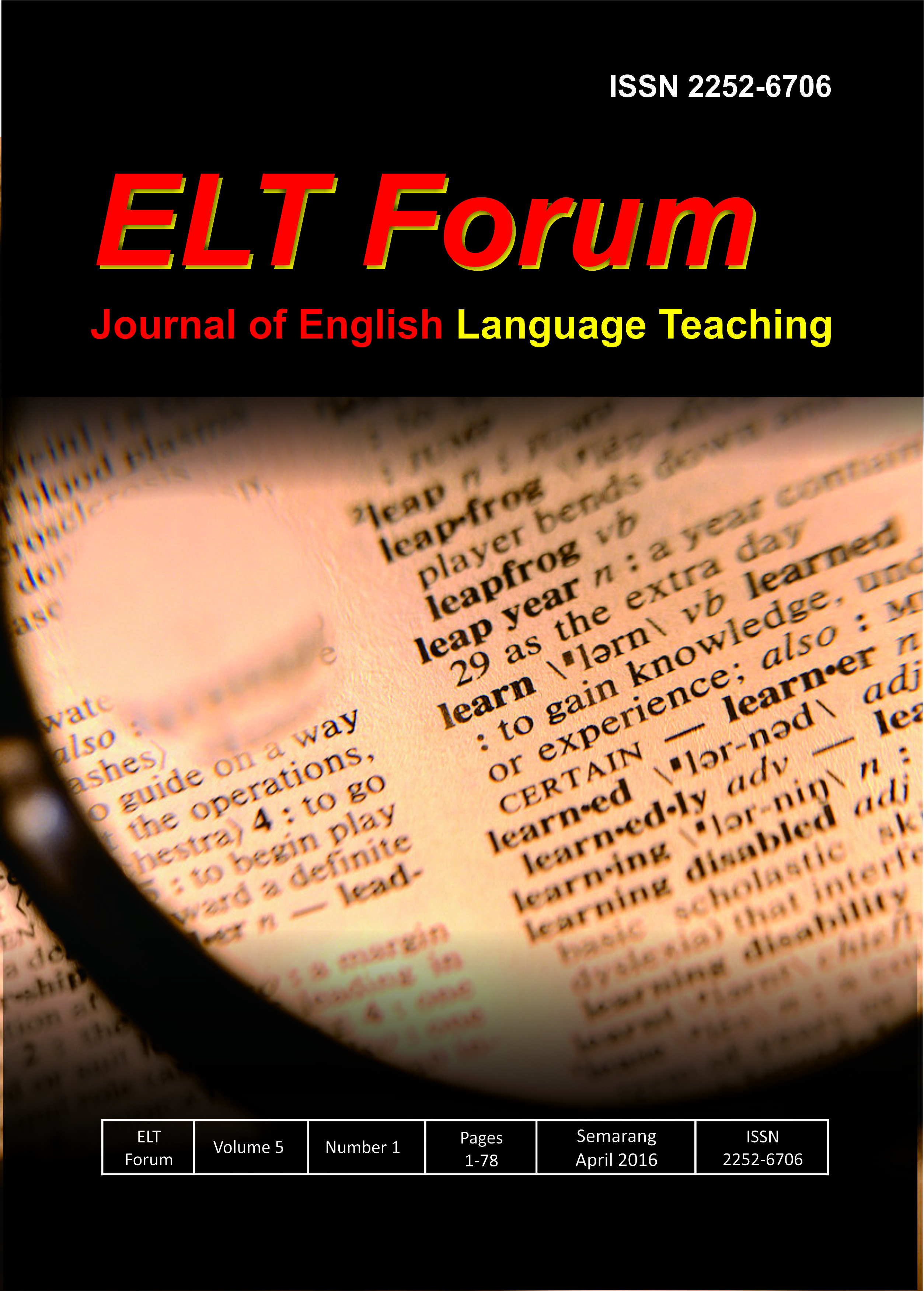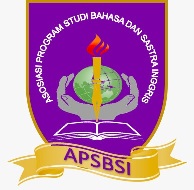WORD LEVEL EQUIVALENCE IN THE INDONESIAN TRANSLATION OF THE DIALOGUES IN “THE LIGHTNING THIEF†(A Descriptive Qualitative Study in the Novel “THE LIGHTNING THIEFâ€)
Abstract
This descriptive qualitative study mainly describes the word level equivalence found in the translated dialogues in The Lightning Thief. The final project mainly aims at identifying the word level equivalence strategy in translating the dialogues of The Lightning Thief from English into Indonesian and identifying its word level equivalence meaning. The study focuses on the classification of word level equivalence offered by Mona Baker in her book In Other Words. The data obtained were analyzed by comparing both English and Indonesian versions. Words or phrases which contained any word level non-equivalence were analyzed further to find out the context in which it occured. Then the data analyzed were evaluated its word level equivalent meaning. The evaluation involved some raters who are expert in their field.The finding show that: the strategies used by the translator to overcome the problems in translating the dialogue are translation by paraphrase using related word (24.11%), translation by a more specific word (18.43%), translation by paraphrase using unrelated word (14.89%), translation by a more general word (14.19%), translation by omission (13.48%),translation by more expressive or less neutral word (8.51%) and translation by using loan word or loan word plus explanation (6.39%). Word level equivalence meaning in the strategies: translation by using loan word (92.59%) was the strategy whose data were got higher result of score 3 (meaning is sufficiently renderred) by three raters, translation by a more general word (36.67%) was the strategy whose data were got higher result of score 2 (meaning is insufficiently), and translation by omission was the strategy whose data were got higher result of score 1 (59.65%). Suggestion drawn from this study is that to transfer meaning of the source text into the target text accurately, the translator should decide to make choices in each word or phrases, and choose the most suitable strategies that can overcome problems and difficulties of translation, especially problems of non-equivalence at word level.References
Baker, Mona. 1992. In Other Words: A Coursebook on Translation. New York:
Routledge.
Bassnett, Susan. 1991. Translation Studies. London and New York: Routledge.
Bell, R.T. 1991. Translation and Translating: Theory and Practice. New York:
Longman.
Catford, J.C. 1965. A Linguistic Theory of Translation. London: Oxford, university Press.
Hewson, L. Dan J.Martin. 1991. Redefining Translation : The Variational Approach.
London:Routledge
Larson, L.M 1984. Meaning-Based Translation. A Guide to Cross Language
Equivalence. Lanham: Uniersity Press of America.
Machali, R. 1998. Redefining Textual Equivalence in Translation with Special Reference
to Indonesian-English. Jakarta: The Translation Center.
_________. 2000. Pedoman bagi Penerjemah. Jakarta: PT Grasindo.
Newmark, P 1998. A Text Book of Translation. New York: Prentice Hall International
English Language Teaching.
Nida, Eugene. A. dan Charles .R. Taber. 1982. The Theory and Practice of Translation.
Leiden: E.J. Brill.
Simatupang, M.D.S. 1999. Pengantar Teori Terjemahan. Jakarta: Direktorat Jenderal
Pendidikan Tinggi Departemen Pendidikan Nasional



_.jpg)
_.jpg)




